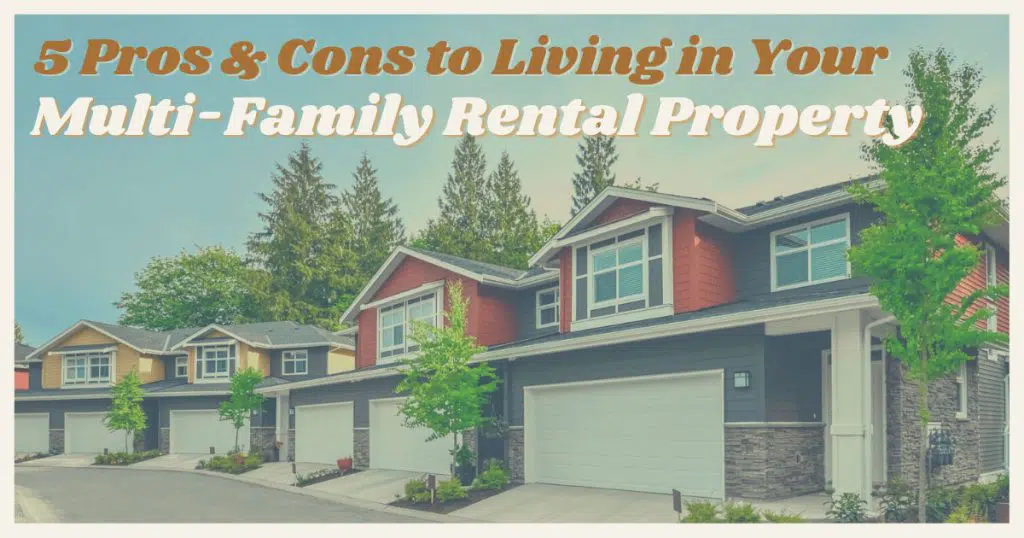
How to Use Drones to Sell Your Home
 Drones are as commonplace as they are controversial in the minds of Americans today, as the issues of privacy and protection are called into question. But there are plenty of industries that are using drones as a means of growing their business, and sellers may want to take a page from their playbooks. The real estate sector has seen success in using drones to make it easier to attract the right buyers and to sell homes faster.
Drones are as commonplace as they are controversial in the minds of Americans today, as the issues of privacy and protection are called into question. But there are plenty of industries that are using drones as a means of growing their business, and sellers may want to take a page from their playbooks. The real estate sector has seen success in using drones to make it easier to attract the right buyers and to sell homes faster.
The Bare Bones
Drones give buyers a chance to see the property in a whole new way before they physically set foot on it. This preview does far more than traditional photos ever could, and it puts buyers in the driver seat when it comes to their next move. Drones can either eliminate unnecessary home showings by helping the buyer decide before they leave their own home, or they heighten the anticipation of the buyer to officially tour the site. The FAA made it possible for real estate agents to legally use drones in late 2016, and the cost of the technology has come down considerably.
How They’re Used
A drone isn’t usually used to film a small single-family home, condo or apartment. For the most part, standard homes can use photographs to give buyers an idea of what the rooms and the backyard look like. However, a luxury home with acres of property is a different story. Drones are often used so buyers can develop a better relationship with the land. It’s these extra steps that make the difference when it comes to final offers. And while it can be a major expense for sellers or real estate agents to opt for high-quality video footage, agents have noted that drones can considerably streamline the buying process.
What Buyers Are Looking for
Drones show buyers everything they might not see from photographs or even a normal home showing. For example, a buyer is never going to climb a ladder to check out the condition of the roof. With an aerial shot of the top of the home, they won’t even have to hire an inspector to do so. Drones also show the surrounding amenities (e.g., nearby grocery stores, restaurants, etc.), the state of the surrounding roads, and the presence of viable sidewalks. In this way, those with single-family homes may consider using drones as a way of attracting better offers to their Apple Valley home if they so choose.
Rules and Regulations
There are a number of rules when it comes to drone use, including how much they can weight and when they can shoot. The drones must be registered with the FAA and can only fly during the day at no more than 400 feet in the air. A drone cannot be flown at more than 100 miles an hour, and it must be in sight of the operator at all times. The aerial robot cannot be operated from a moving vehicle, and it must yield to aircraft, children, and animals. And while drones can be used for residential areas, sellers will need to research no-drone zones in their neighborhood. This may include anything from a nearby park to a sporting stadium.
Flying Etiquette
Sellers and real estate agents who don’t want to end up in a potential lawsuit should practice drone etiquette to cover themselves. Drones should never be flown over private property—whether residential or commercial—without the owner’s knowledge and consent. Sellers should ask their neighbors first before giving them the times and dates of when the drone is scheduled to fly.
Drones should also avoid flying over crowds to protect the privacy of those on the ground level. If an animal or child tries to chase the drone, operators should discontinue flying until the coast is clear again.
Sellers can use drones to spark interest in their property and to show off the natural beauty of the land. These high-resolution shots can entice buyers to identify with the ins and outs of the home. To get the most from the footage, they’ll need to have the right game plan and strategy before getting started.



